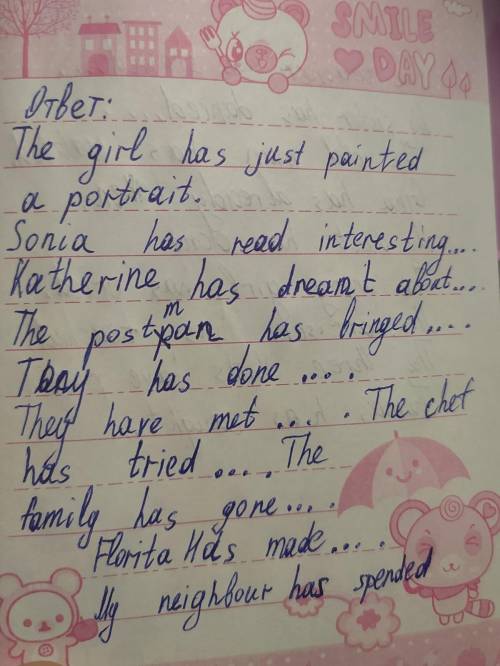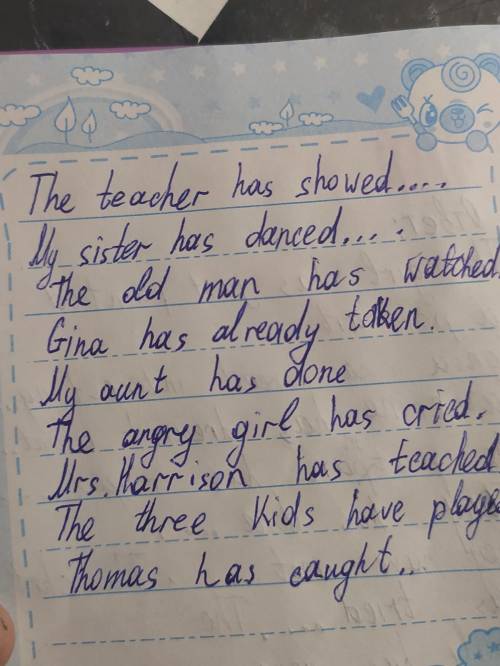Сделайте ! Elephants use tusks for stripping trees, moving objects, fighting and display. Humans have other uses for tusks – or ivory – such as jewellery, piano keys and billiard balls.
Although ivory has been valued for centuries, large-scale killing of elephants for ivory did not begin until about 1900. By the 1970s and 1980s, poaching became a serious problem.
Between 1979 and 1992, the numbers of elephants plunged from 1.3 million to about 600,000. Elephants were in danger. Those protecting the elephants chose a simple solution: ban the sale of ivory, and the poachers will find it difficult to make a living.
The ban on ivory sales worked. Elephant populations grew fast in Southern Africa. But they also began to damage crops and chase villagers.
This created a problem for those protecting wildlife. Angry villagers were demanding that elephants should be taken away from areas near humans – even killed. One solution was to let local people have control of the way the elephants were managed. But how could you make villagers want to look after the elephants?
So the authorities began to allow the sale of ivory as a way for the villagers to raise money. This gave them an interest in managing the elephants.
It seemed to make sense. If elephants were no longer endangered in southern Africa, shouldn't African countries be allowed to sell ivory to fund this sort of conservation program?
In 1998 the Convention on International Trade in Endangered Species (CITES) lifted the ban on all trade in ivory. Money from the sale of African ivory is being used to help people live alongside the elephant.
John Newby of the World Wide Fund for Nature says that preservation alone is not enough. "It isn't creating the incentives needed by ordinary Africans to see elephants as a valuable resource and not just a pest," says Newby.
So far it has been the tourist industry – airlines and hotels – that has made money from African wildlife. Now that local people can sell ivory again, the elephants are at last bringing wealth to their human neighbours. By Simon Baines
In the text above find the underlined words, which are close in meaning to those below:
1. Prized 2. caring for 3. preservation 4. close to5. fell sharply 6. insisting 7. put at risk 8. stimuli 9. harm 10. illegal hunting
157
297
Ответы на вопрос:
писала не полностью .У меня есть неправильные глаголы так что не беспокойтесь


Реши свою проблему, спроси otvet5GPT
-
Быстро
Мгновенный ответ на твой вопрос -
Точно
Бот обладает знаниями во всех сферах -
Бесплатно
Задай вопрос и получи ответ бесплатно

Популярно: Английский язык
-
A rheostat is a resistor whose resistance value may be varied. Thus,a...
 dasha246813522.04.2023 13:34
dasha246813522.04.2023 13:34 -
УМОЛЯЮ!!40 БАЛЛОВ!!1 ЗАДАНИЕ...
 arrrtem30.07.2020 15:45
arrrtem30.07.2020 15:45 -
ПРЕДЛОГИ!!! я вам перевод дала ПОМАААГИТЕЕЕЕЕЕЕ...
 itkrg06.04.2023 13:10
itkrg06.04.2023 13:10 -
Заранее . язык 6 класс тер-минасова,узунова. 33 урок, 5 . надо!...
 goldin133721.01.2022 13:55
goldin133721.01.2022 13:55 -
Use the ideas from the dialogue in Ex 3 to complete the email below,...
 Ксения2694147901.10.2021 06:42
Ксения2694147901.10.2021 06:42 -
4.Look at the packaging of products in your country. Collect as many...
 ulozerova10.08.2020 14:52
ulozerova10.08.2020 14:52 -
Read the texts again and complete the sentences with one, two or three...
 Регина241130.08.2022 05:18
Регина241130.08.2022 05:18 -
нужно задать 7 во воображаемому собеседнику итает ли он печатные издания...
 РенесмиАгзамова04.10.2022 20:28
РенесмиАгзамова04.10.2022 20:28 -
Соотнесите (30б) A jam 1.a bottle of B parsley 2.a packet of C toothpaste...
 02vopros0214.11.2021 02:41
02vopros0214.11.2021 02:41 -
49. B. 1. What does Anna feel about learning grammar? 2. Anna finds...
 olyakurets20.08.2020 11:53
olyakurets20.08.2020 11:53

Есть вопросы?
-
Как otvet5GPT работает?
otvet5GPT использует большую языковую модель вместе с базой данных GPT для обеспечения высококачественных образовательных результатов. otvet5GPT действует как доступный академический ресурс вне класса. -
Сколько это стоит?
Проект находиться на стадии тестирования и все услуги бесплатны. -
Могу ли я использовать otvet5GPT в школе?
Конечно! Нейросеть может помочь вам делать конспекты лекций, придумывать идеи в классе и многое другое! -
В чем отличия от ChatGPT?
otvet5GPT черпает академические источники из собственной базы данных и предназначен специально для студентов. otvet5GPT также адаптируется к вашему стилю письма, предоставляя ряд образовательных инструментов, предназначенных для улучшения обучения.
